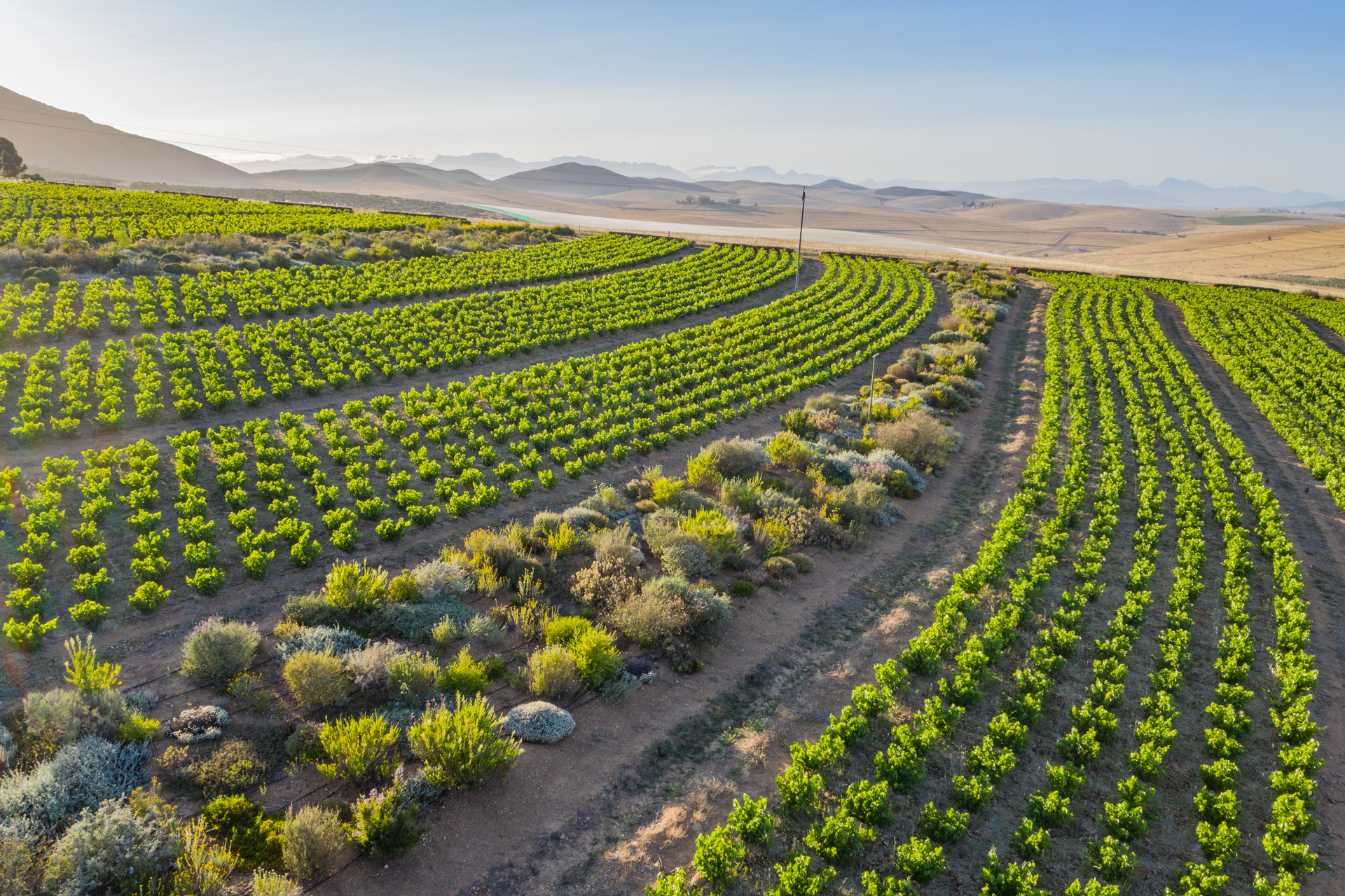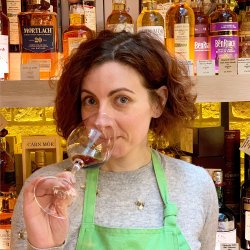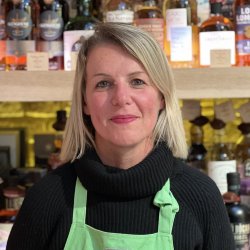
Swartland, situated in South Africa’s Western Cape province, has rapidly emerged as one of the country's most dynamic and exciting wine regions. Once known primarily for wheat fields and olive groves, today this place is a symbol of viticultural innovation, old-vine preservation, and a deep commitment to terroir-driven wines. With its diverse landscapes and passionate winemakers, this region has captured the imagination of wine connoisseurs around the world.
Geography and Terroir
Named after the indigenous renosterbos ("rhinoceros bush") that periodically turns the landscape a dark, almost black hue, the rugged terrain is a patchwork of rolling hills, vast open plains, and diverse geological formations. The region's soils vary significantly, from ancient granite and weathered shale to iron-rich sandstone. This soil complexity allows winemakers to cultivate a wide range of grape varieties, each expressing distinctive mineral nuances. Swartland’s climate is characterised by long, hot summers tempered by cooling Atlantic breezes and cold, wet winters, making it well-suited for Mediterranean varieties. Many vineyards here are dry-farmed, encouraging deep vine roots that extract nutrients and moisture from deeper soil layers. This natural stress results in smaller berries with concentrated flavours and pronounced minerality, traits that are increasingly valued by winemakers and consumers alike.
Historical Context and Wine Revival
Historically, the Swartland region was primarily agricultural, with vineyards playing a supporting role. It wasn't until the late 1990s and early 2000s that pioneering winemakers recognised the region’s untapped potential. Charles Back, owner of Fairview Estate, was among the first visionaries to invest seriously in the region, planting vines and experimenting with Mediterranean varieties. But it was Eben Sadie, whose ground-breaking first vintage of the red blend 'Columella' in 2000, who truly put Swartland on the global wine map. Sadie’s minimalist winemaking philosophy, emphasising low intervention and authenticity, set a new standard, attracting a wave of like-minded producers. In 2010, this burgeoning group formalised their vision with "The Swartland Revolution," an influential annual gathering that attracted global attention and positioned the region as South Africa’s hotbed of winemaking innovation. These producers committed to quality, authenticity, sustainability, and a focus on old-vine preservation, helping to redefine the country's wine identity.
Grape Varieties and Wine Styles
Swartland’s charm lies not only in its terroir but in its enthusiastic embrace of diverse grape varieties. The region’s winemakers are celebrated for their ability to craft wines that capture both the character of individual grape varieties and the distinctiveness of the local terroir. Chenin Blanc is the star of Swartland whites, prized for its versatility and longevity. Many vineyards here contain old bush vines, some over 50 years old, that produce remarkably complex, textured wines. Chenin Blancs from here can range from fresh, bright examples with notes of green apple and quince to richer, barrel-aged versions offering layers of honey, toasted almonds, and dried apricots.
Syrah (Shiraz) thrives particularly well in the local climate, producing reds that balance power and finesse. These wines typically showcase notes of ripe blackberries, plums, black pepper, and subtle spice, underscored by an earthy minerality. Syrahs are admired for their elegance and ageing potential, standing confidently alongside their Northern Rhône counterparts. Swartland is also notable for its Rhône-inspired red blends, combining Grenache, Mourvèdre, Syrah, and Carignan. These blends exhibit complex aromas of herbs, spices, and mixed berries, displaying both depth and freshness. Additionally, there’s an increasing interest in Mediterranean white varieties like Grenache Blanc, Viognier, Clairette Blanche, and Roussanne, which lend aromatic complexity and textural richness to blended wines.
Culinary Culture and Wine Pairings
The wines here pair exquisitely with local cuisine that celebrates seasonal, sustainably sourced ingredients. Chenin Blanc’s versatility makes it an excellent match for seafood dishes like grilled crayfish or Cape Malay curries, while richer, barrel-fermented examples pair wonderfully with roast chicken, pork dishes, or creamy pasta sauces. Syrah’s robust yet balanced character complements hearty dishes such as lamb chops grilled over vine clippings, venison steaks, or robust vegetable stews. Rhône-style blends with their layered spice and fruit harmonise beautifully with slow-roasted meats, charcuterie, and even spiced vegetable tagines, echoing the cultural diversity of South African cuisine.
Leading Producers of Swartland
This region's international acclaim owes much to a handful of dedicated wineries and winemakers, each contributing uniquely to the region’s burgeoning reputation:
• AA Badenhorst Family Wines: Adi Badenhorst epitomises the Swartland spirit with an experimental yet traditional approach, crafting authentic wines that reflect the unique character of old vines and minimal intervention.
• The Sadie Family: Eben Sadie is a pioneer and visionary behind Swartland’s global recognition. His Columella (red) and Palladius (white) wines are iconic, representing meticulous vineyard management and minimalist winemaking.
• Mullineux & Leeu Family Wines: Chris and Andrea Mullineux are celebrated for their single-terroir Syrahs and Chenin Blancs, producing expressive, terroir-driven wines that have consistently earned international accolades.
• Porseleinberg: Specialising in elegant, structured Syrahs, Porseleinberg wines are cultivated on rocky schist soils, resulting in wines that express profound minerality and depth, capable of ageing gracefully for decades.
Ready to discover Swartland?





















